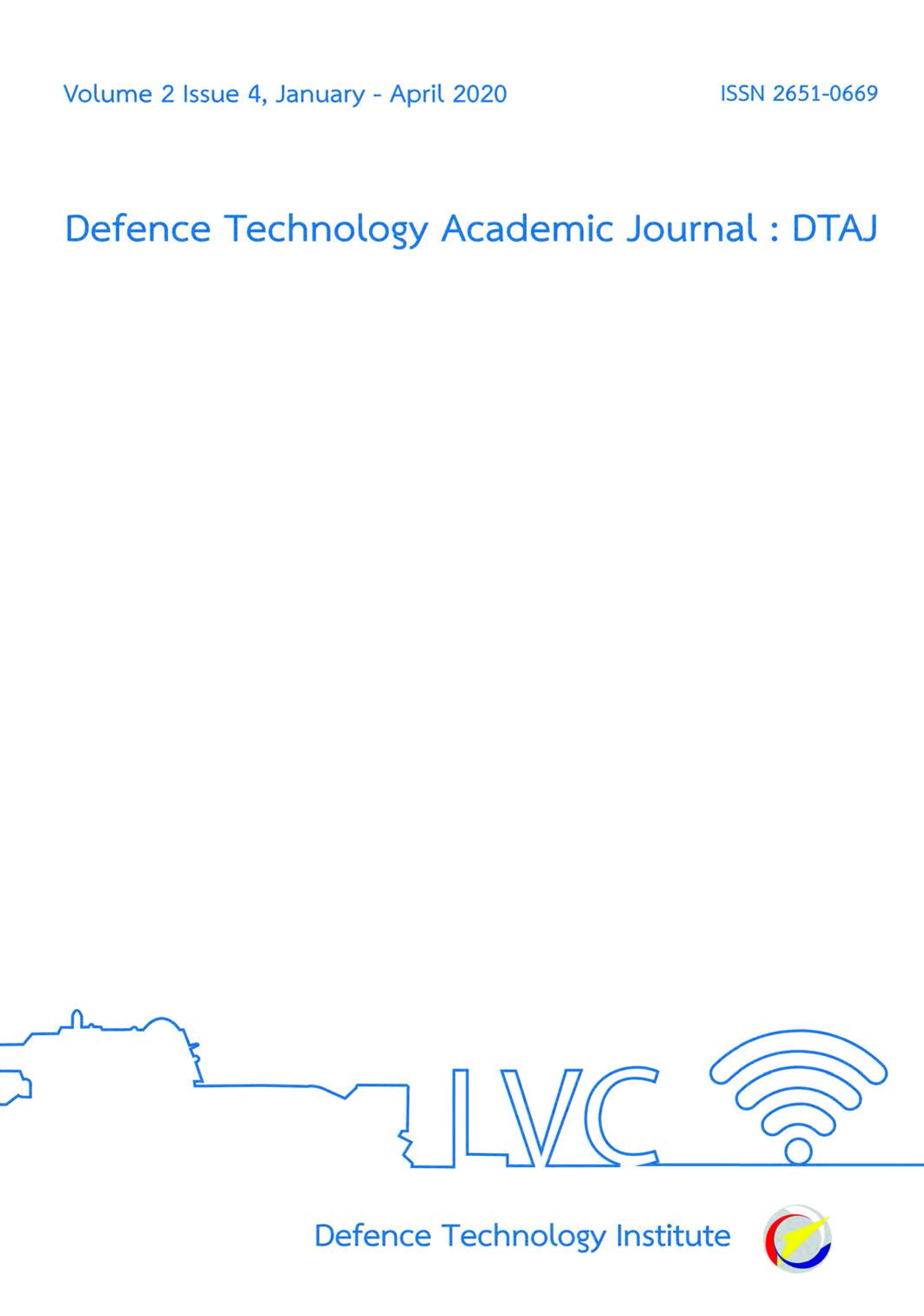Simulating the Flow Behavior of Liquid Metal Affects the Damage of Stainless Steel in the Investment Casting Process
Main Article Content
Abstract
In the production of hook which could endure the wear and be used for a long lifetime, enabling the net production with a good efficiency have been intensively studied to determine the forming method for achieving desired quality and getting higher fine surface of net hook. Metal casting process is the oldest method known to produce by a casting process in Investment Casting so called “Lost Wax” casting. For the design of mold casting in the lost wax casting process, it is critical to get the smooth flow behavior of stainless steel at a temperature higher than 1600°C. The CAST-DESIGNERTM program analyzes the flow of liquid metal to represent the simulation of the solidification for stainless steel cause defects in the products. The unsuitability of heat transfer phenomena and the use of the unsuitable mold are the main conditions leading to the defective casting with defects such as misruns, cold shuts, shrinkage, pin holes, air holes and porosity in final products.
Downloads
Article Details

This work is licensed under a Creative Commons Attribution-NonCommercial-NoDerivatives 4.0 International License.
Journal of TCI is licensed under a Creative Commons Attribution-NonCommercial-NoDerivatives 4.0 International (CC BY-NC-ND 4.0) licence, unless otherwise stated. Please read our Policies page for more information...
References
S. Jones, C. Yuan. (2003), Advances in shell moulding for investment casting, Journal of Materials Processing Technology 135, 258–265.
Adrian S. Sabau, Srinath Viswanathan. (2003), Material properties for predicting wax pattern dimensions in investment casting, Materials Science and Engineering A362, 125–134.
S. Lun Sin, D. Dube, R. Tremblay. (2008), An investigation on microstructural and mechanical properties of solid mould investment casting of AZ91D magnesium alloy, Materials Characterization 59, 178-187.
Barbara Previtali, Dante Pocci, Cataldo Taccardo. (2008), Application of traditional investment casting process to aluminium matrix composites, Composites: Part A39, 1606–1617.
M.M.A. Rafique, J. Iqbal. (2009) Modeling and simulation of heat transfer phenomena during investment casting, International Journal of Heat and Mass Transfer 52, 2132–2139.
Patpimol Suwankan, Nuttaphong Sornsuwit, Nuchthana Poolthong. (2015), Design of runner and gating systems for the investment casting of 431 stainless steel netting hook through numerical simulation, Key Engineering Materials 659, 647-651


